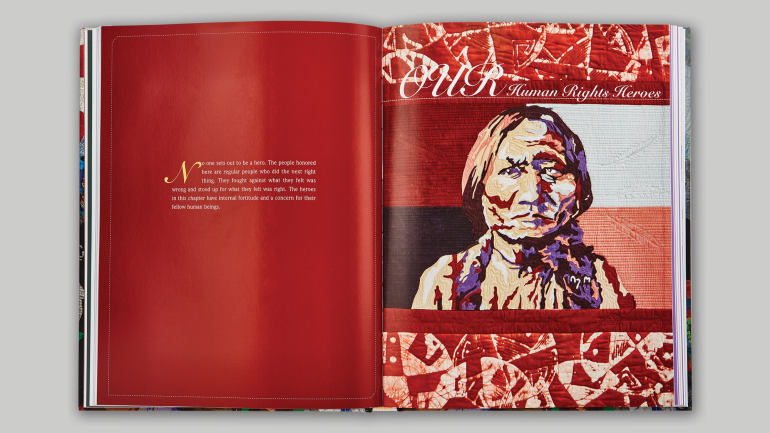From Our Library: Reviews
From Our Library: Reviews
↑ OURstory Quilts from Schiffer Publishing reveals the power of quilting to elevate human rights issues.
We've reviewed five new books and one podcast that will have you imagining new possibilities for your craft: start making your own dyes from plants, find inspiration in the work of contemporary Japanese makers, learn what's hot in the world of art glass, and more. All five books are recent additions to the American Craft Council Library's collection, and we're excited to share them with you come time to gather in person again.
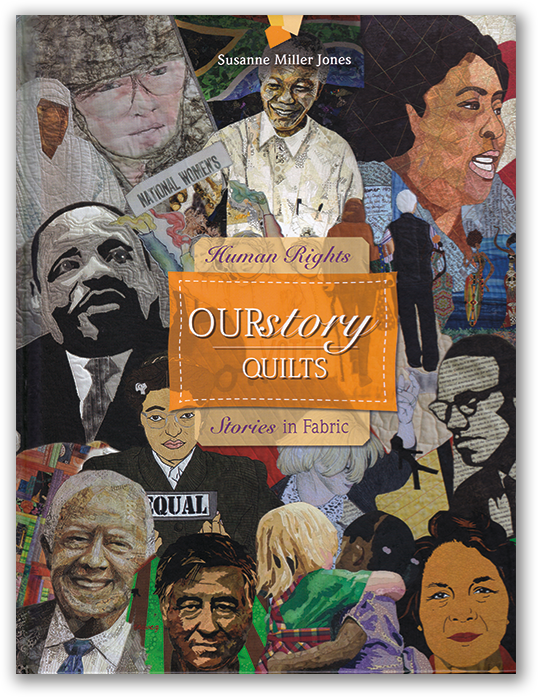
OURstory Quilts: Human Rights Stories in Fabric
By Susanne Miller Jones
Schiffer Publishing, $34.99
In 2017, quilter, curator, and writer Susanne Miller Jones issued an open call for art quilts illustrating human rights activists, events, and victories; denied rights; and people who have been disenfranchised. This inspiring book exhibits the 47 winners of that juried call.
A quilt by Alison M. Laurence points to clean water as a human right by illustrating a woman bending to scoop some. Cynthia Perry depicts a Japanese-American child in a floral dress behind the barbed-wire fence of a relocation camp. Deb Berkebile renders a portrait of Sitting Bull in rich earth tones. And Susan L. Price creates a colorful panorama of the 2017 Women’s March on Washington.
Each work testifies to art quilting’s strength as a medium that can combine physical comfort with urgent concern for the world – and also to the power of an image to convey hurt and hope at the same time.

Natural Palettes: Inspiration from Plant-Based Color
By Sasha Duerr
Princeton Architectural Press, $29.95
In this gorgeous book, Sasha Duerr, a natural dyer, artist, designer, and professor at California College of the Arts, pairs descriptions of plants with color swatches that illustrate the vibrant hues of dye that can be drawn from them. In her review, Julia Sherman, creator of blog (and book) Salad for President, aptly calls it “The plant-lover’s alternative to the Pantone color guide.”
Duerr’s entry for carrot tops, for example, explains that carrots “were once grown for their tops as well as their roots and were used as a highly medicinal food source.” On the facing page, swatches illustrate the three hues – pale green, sea green, and forest green – that can be produced from the often overlooked, nutrient- and color- rich greens.
Passionfruit vines, orange peels, birch bark, various teas, and more complete Duerr’s guide, which serves both as a reminder of the many uses of plants and a practical manifesto for artists working with chemical-free dyes.
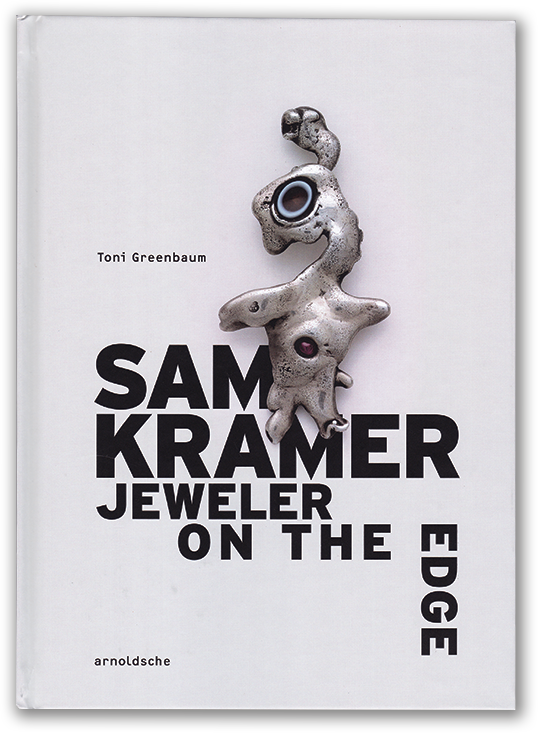
Sam Kramer: Jeweler on the Edge
By Toni Greenbaum
Arnoldsche Art Publishers, $50
For the bohemian elite of Greenwich Village and beyond in the 1940s and ’50s, Sam Kramer’s jewelry workshop and store was a madcap mecca with offbeat paintings decorating its walls, a general air of arty chaos, and the bearded Kramer teasing anybody square enough to be shocked by his imaginative – and for many, jarring – jewelry creations: blobby, biomorphic brooches; figurative animal pendants; earrings made to look like startled human eyes.
Kramer, a self-promoter of provocative genius, once organized a masquerade ball that was headlined by several of his A-list midcentury artist and actor friends. He also once appeared in front of his store clutching a live lobster, an homage to the lobster-loving surrealist Salvador Dali.
As for Kramer’s own work, it was every bit as surreal as Dali’s. In this book, Toni Greenbaum tells the jeweler’s unconventional story with wit before cataloguing 70 of his most out-there creations.
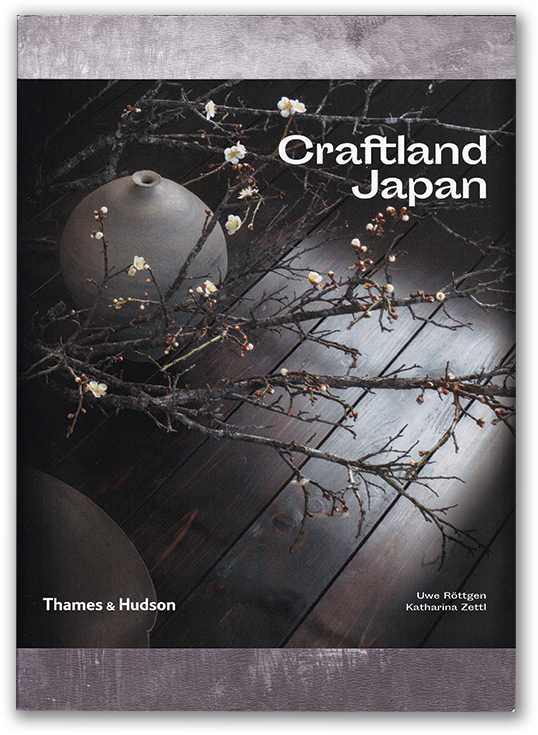
Craftland Japan
By Uwe Röttgen and Katharina Zettl
Thames & Hudson, $39.95
To write this book, German designers Uwe Röttgen and Katharina Zettl toured remote corners of Japan for six months in a camper van and visited contemporary Japanese makers in their studios. Their goal? “We wanted to see the hardworking hands of an old master, his much-used tools and instruments, as well as the workshop dust illuminated in the evening sun,” they write. The result is this up-close-and-personal survey of artisans working in a country known for its craft traditions.
The beautifully illustrated book profiles 25 craft ateliers producing some of the world’s most gorgeous utilitarian pieces. Artisans include Toshihisa Yoshizawa, whose Nigara Forging creates superb culinary knives with lacquered handles; Toru Hatta, working in ceramics; avant-garde calligrapher Ayane Muroya; and indigo-growing/dyeing partnership BUAISOU. Portraits of the artisans at work in their workshops and photos of their products are supplemented by essays evoking the ethos of contemporary Japanese craft.
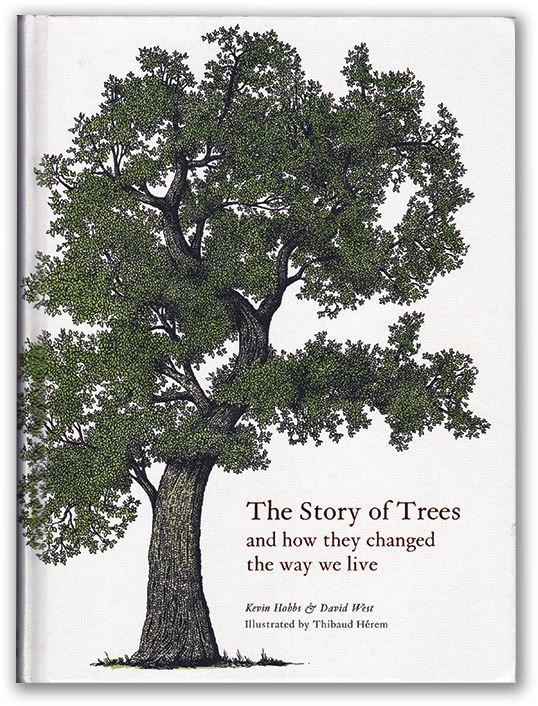
The Story of Trees and How They Changed the Way We Live
By Kevin Hobbs and David West
Laurence King Publishing, $29.99
Collected here are 100 tree varieties from around the globe, each presented in artful, meticulous illustrations alongside easily digestible botanical information and tales of how humans have interacted with them from ancient times through today.
Many of the great woodworking trees are included: English walnut (which you’ll learn actually originated in central Asia), oak, and willow. There’s deep lore about wellknown food-bearing trees, too. For example, mango and pistachio trees are delicious relatives of poison ivy, and today’s sweet bananas resulted from a plant mutation discovered in 1836.
Among the most fascinating arboreal stories are those of less familiar food trees, such as the Aleppo pine, whose resin was originally used to seal wine jars and also produces the distinctive flavor of the Greek wine retsina, and the holm oak, whose roots host black truffles. By the book’s end, it’s clear how profound our multi-millennium partnership with Earth’s biggest plants has been.
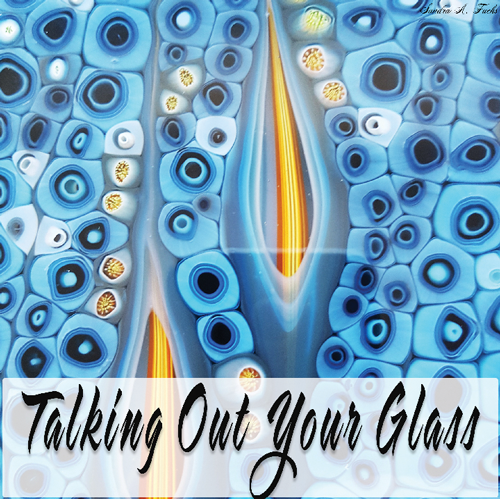
Talking Out Your Glass
Podcast
By Shawn Waggoner
Shawn Waggoner, a former editor of Glass Art magazine, provides insight into the dynamic world of art glass by interviewing prominent makers and, on occasion, highlighting individual glassworks in a collection or big events such as last winter’s Glass Vegas 2020. Shayna Leib, Howard Ben Tré, and Lino Tagliapietra are among the more than 100 renowned artists with whom she engages in digestible 50-minute conversations.
Waggoner’s gift for vividly describing artwork makes for a fun listen. One example: “His boats, maps, and heads reveal existential secrets through a series of symbols and codes embedded in a glass matrix that appears to contain light,” she says of Sweden’s Bertil Vallien. But more than that, by speaking with prominent glass artists about their backgrounds, major influences, working methods, and creative values, Waggoner offers listeners a hyper-detailed audio portrait of the rapidly evolving glass art world.
Are craft resources like this important to you?
Become an American Craft Council member, receive our magazine, and support nonprofit craft publishing. Join a community of like-minded readers who are passionate about making, meet and buy the work of the country’s most talented artists at our shows, and help grow the number of lives craft has touched.
